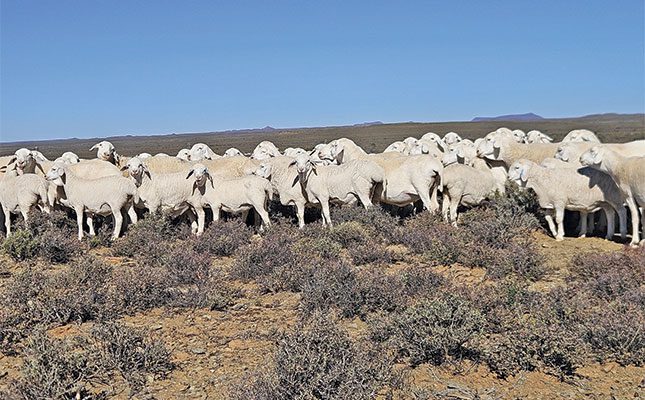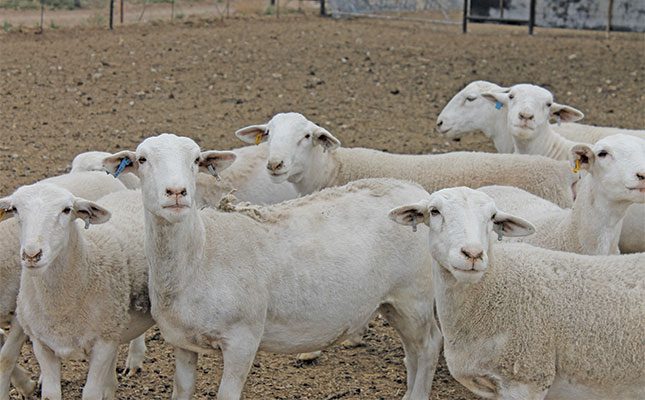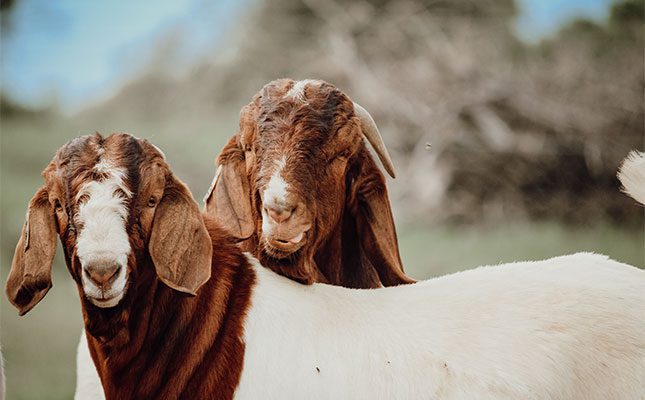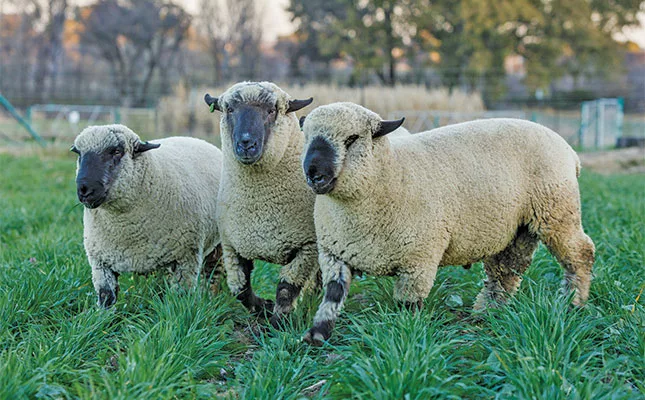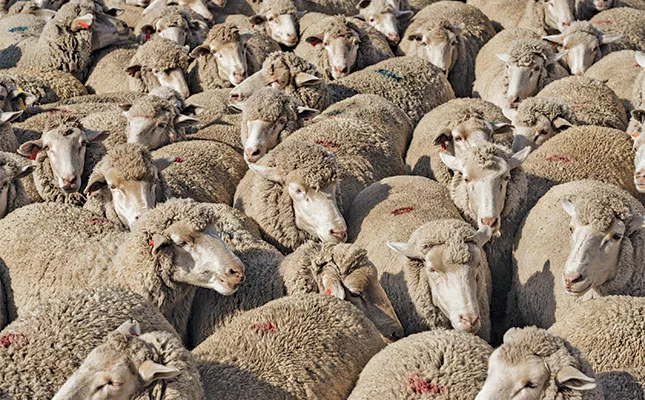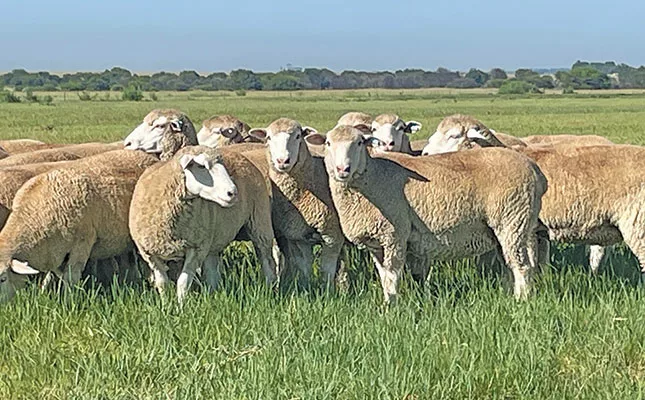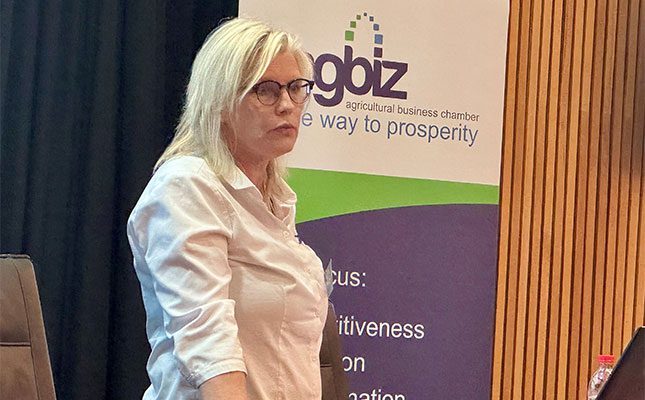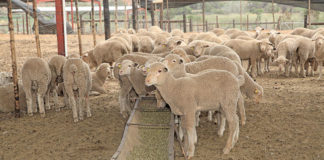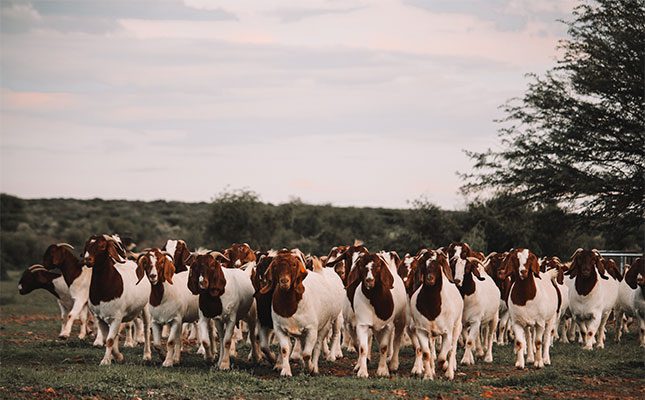
Christiaan Labuschagne, owner of the Hakuna Matata Stud in Hoopstad in the Free State, says the three prominent South African goat breeds – the Boer goat, Kalahari Red, and Savanna are increasingly sought after by farmers in the rest of Africa to improve their flocks.
According to him, although there are numerous goats in Africa, many of the continent’s herds have been established without application of selection criteria for years. In addition, there has been significant inbreeding through sibling pairings or unmanaged parent-to-offspring crosses.
READ Producers can’t keep up with global demand for goat meat
He adds that this lack of selection results in progressively smaller animals, with no improvement to the breed.
Rapid developments
Turning to a breed like the Savanna for comparison, Labuschagne says he has seen rapid improvements in the breed over a short span of time.
“You can really see the improvement of the breed with someone like Andrew Roberts [co-owner of the Maize Valley stud]. What he thought was a really good specimen a few years ago is nowhere near the quality of what he is producing today,” explains Labuschagne.
He adds that these results have been noted by foreign buyers in the rest of Africa, including countries like Botswana and Mozambique, as well as further afield in desert nations like Egypt.
READ Boer goat ram sells for world record price of R2,3 million
“Many foreign breeders are purchasing genetics from us through good-quality rams that can bring improvement to their flocks.”
Stud animals registered with the SA Boer Goat Breeders’ Association (SABGBA) are subject to approval by the association’s qualified inspectors.
Labuschagne says goats are inspected at his farm at around 12 months of age for stud registration. However, he adds that this does not give them lifelong approval, with further inspections conducted at every show and sale into which the animal is entered.
Boer goat conformation standards
According to the SABGBA, the aim of its breeding standards is to improve the Boer goat breed and increase its economic value.
In terms of conformation, the association says the Boer goat must have a “strong head with large, soft brown eyes”. The goat is also expected to have a slightly curved nose, wide nostrils, and a strong, well-formed mouth with well-fitted jaws.
“Up to six teeth must show a perfect bite. Eight-tooth-olds and older may show 6mm protrusion. Permanent teeth must cut in the correct anatomical place,” says the SABGBA.
The breed’s ears must be broad, smooth, and of medium length, according to the association, and they must hang down from the head. “Ears that are too short are undesirable,” it adds.
The breed’s neck must be of moderate length and in proportion to the length of the goat’s body. The neck must be full, well fleshed, and well joined to the forequarter, says the SABGBA.
“The breastbone should be broad with a deep, broad brisket. The shoulder should be fleshy, in proportion to the body, and neatly joined to the withers. The withers should be broad and as well-fitted as possible, not sharp,” it adds.
The front legs should be of medium length and in proportion with the rest of the body.
“The legs should be strong and well-placed, with strong pastern joints and well-formed hoofs that are as dark as possible.”
The goat’s barrel must be long, deep, and broad, with well-sprung, well-fleshed ribs. Its back should be broad, fairly straight, and not pinched behind the shoulders. The rump should be broad and long, with only a slight slope, and the buttocks should be well-fleshed. The tail should be straight.
According to the association, particular emphasis should be placed on the legs, which should be strong and well placed.
“Strong legs imply hardiness and a strong constitution, which are absolutely essential characteristics of the Boer goat,” it says.
Knock-knees, bandy legs, cow hocks, post legs, or sickle hocks, as well as legs that are too thin or too fleshy, are characteristic cull defects.
Want to know more?
To read the full story on the Hakuna Matata Stud, as well as the story of the Maize Valley stud, read the 18 + 25 July issue of Farmer’s Weekly.
For the complete explanation of the SA Boer Goat Breeders’ Association’s breed standards, visit boerboksa.co.za.

